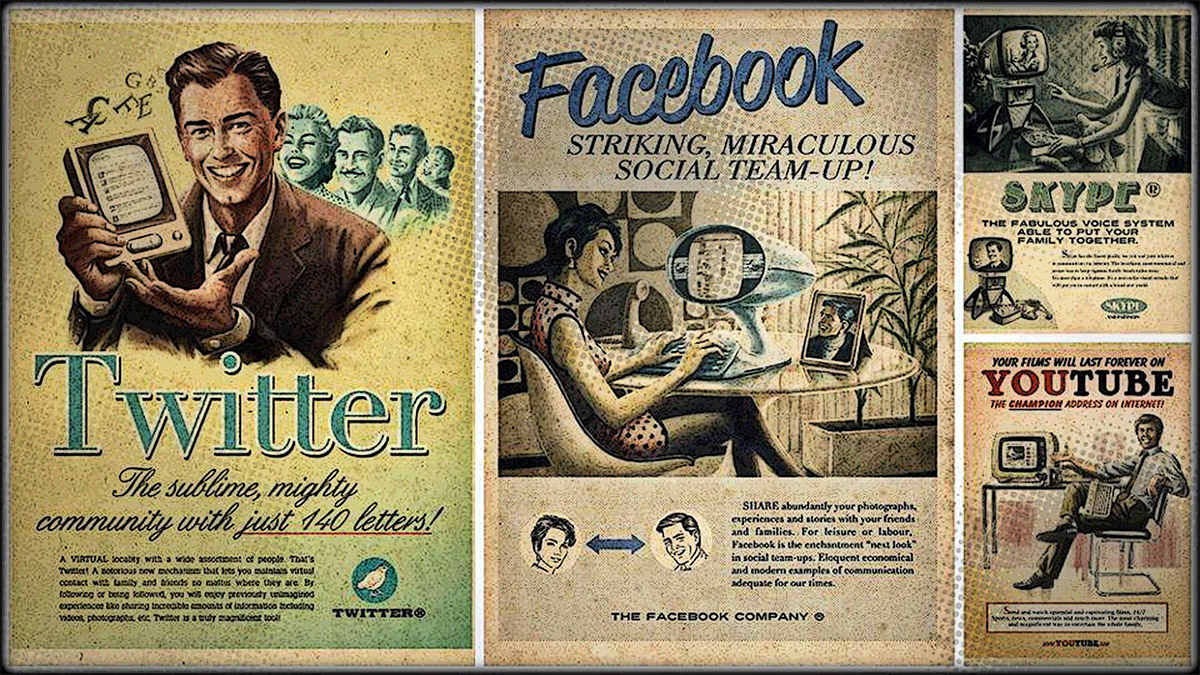the habits of social media partisans: the far left rants and mocks, the far right just lies

We all know that social media is pretty much the perfect tool for spreading partisan propaganda. Hyper-partisan lies and spin almost instantly reach a few million faithful with every post designed to appeal to their gut feelings rather than reason. But the question is whether the right and the left really are equal in this. They have similar reach, they both post hyperbole, and they’re both really into clickbait. Well, Buzzfeed decided to find out exactly how these pages operate and see if it could tease out any difference between the diametrically opposing sides of the political spectrum, coming to a very interesting conclusion. While both hyper-partisan groups play fast and loose with the truth, the left prefers to mislead by fact free opinions and creative paraphrasing, while the right just prefers to outright lie.
One of the examples of blatant lying is a story posted by the right wing page Freedom Daily which claims that “BLM thugs” lit two white men on fire and the media was covering it up, offering video of an incident. Except what the video was actually showing is a horrific case of workplace violence that was covered in the national media and involved a man lashing out at one of his co-workers, who wasn’t white. So why hadn’t anyone heard of this incident? Because by the time it was posted, the incident was more than a year old. It also had absolutely nothing whatsoever to do with BLM or any of the police shooting protests, and it didn’t even involve anyone white. Another example involved the Occupy Democrats page claiming that Trump said that women serving in the military should simply expect to be raped, when he never said anything of the sort, although he did tweet a completely ridiculous sentiment that could have been spun that way and used to justify the lie.
These incidents are perfect examples of the different strategies that partisans employ. The left warped a sexist tweet into an abhorrent statement, the right pulled a Daily Mail and used a disturbing out of context video clip as supposed evidence for a blatant lie. Overall, the left’s partisan pages passed off lies some 5% of the time to the right’s 13%, misled 14.4% of the time to the right’s 25%, and posted rants with no factual content at all 24.6% of the time to the right’s 14.3%. Honest posts with verifiable facts made up 56.3% and 47.7% of posted content on the left and right respectively. Overall, right wing hyper-partisans are almost three times more likely to lie and almost twice more likely to fudge the facts, while the far left is almost twice as likely to just skip factual content altogether to engage in rants, post memes, and mock the opposition.
It’s really hard to make a value judgment on what’s worse, but there’s a case to be made that when one in three things one says are lies or spin, is worse than for someone who does the same thing once in every five times, just from a pure, mathematical perspective. But at the same time, we should really keep in mind that this is a sample of the most visible Facebook hyper-partisanship, and the picture may skew if the sample would be widened. Still this study is a glimpse into how partisan propaganda is manufactured on different sides of the political spectrum and shows us that surprisingly, different sides have different ways of doing it. The only things they do share is their commitment to creating ideological echo chambers by hijacking social media algorithms’ tendency to show you what they think you’re predisposed to agree with.





